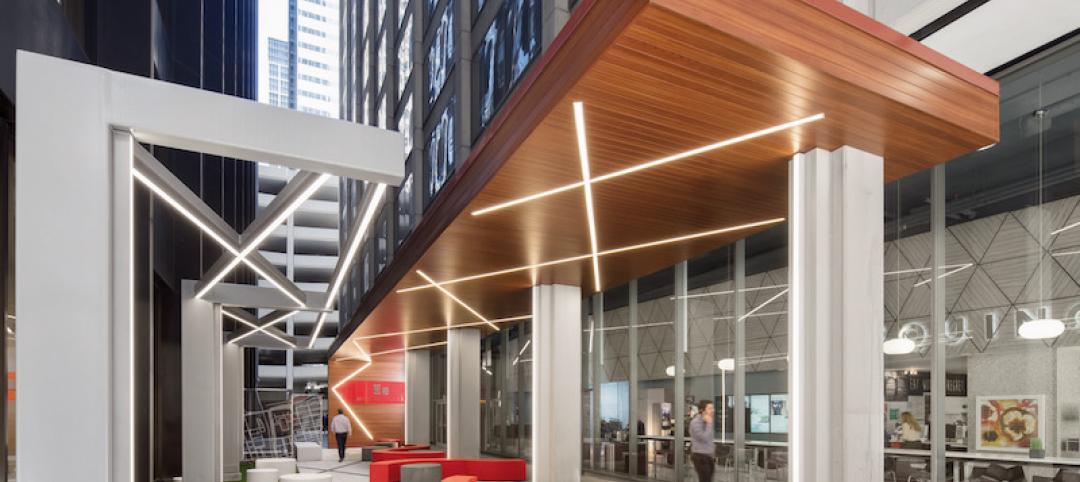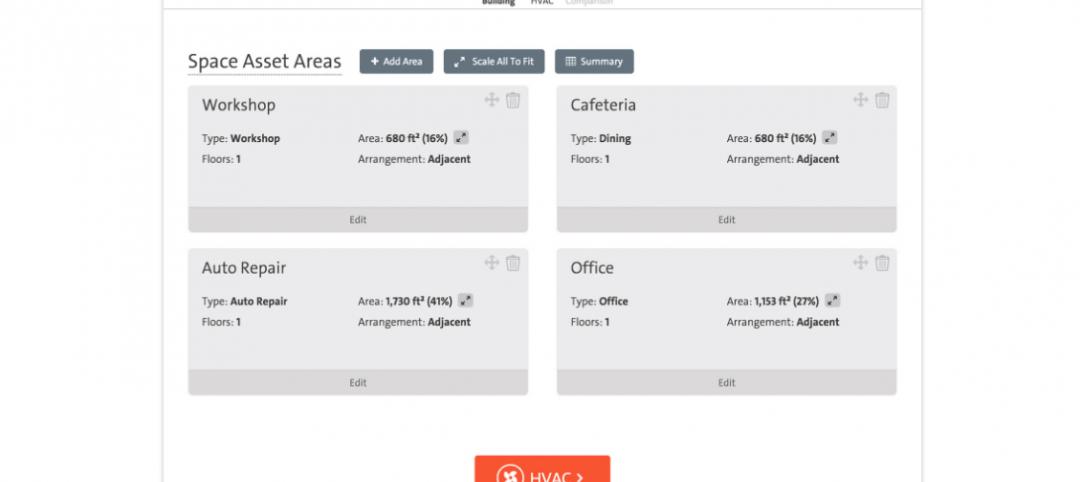The University of Southern California Lusk Center for Real Estate’s annual analysis of industrial and office real estate in Los Angeles County, Orange County and the Inland Empire shows signs of a slow market recovery.
The 10th Annual Casden Southern California Industrial and Office Forecast reveals that all three areas experienced job growth and increased demand for both property types in 2011. An analysis of each area’s submarkets found lower vacancy rates in 11 of 17 office submarkets and 11 of 14 industrial submarkets. On the rent side, four office submarkets and eight industrial submarkets experienced increases. Overall, declines were smaller than in the previous two years.
“Although Southern California is a long way from pre-crisis levels of economic health, the improved employment picture and profound turnaround in the industrial market are signs of a slow recovery,” said study author Tracey Seslen. “The office market is only slightly improved over last year and vacancy rates may continue to fall for many months before we see rents stabilize.”
As a result, while office demand is expected to grow over the next two years, office rents were down for the third straight year and will continue to decline. On the industrial side, all three markets are expected to see ongoing declines in vacancies and increases in rents over the next two years.
In particular, the Inland Empire’s industrial market – the top performer in 2011 with a 6.4% increase in rents and nearly 17 million square feet of net absorption – is expected to see more growth in the next two years, but the magnitude will depend on rail and port activity.
“Sovereign risk in Europe, geopolitical turmoil and the growing U.S. debt crisis are undermining consumer confidence. Port and rail traffic, particularly activity at the Port of Long Beach, is down and could hinder the positive outlook for industrial rents,” Seslen said. BD+C
Related Stories
Architects | Sep 6, 2018
S/L/A/M Collaborative completes merger with L.A.-based firm
The healthcare sector is one of Frank Webb Architects’ strengths.
Giants 400 | Sep 6, 2018
What's happening at 89 design firms
The latest developments at 89 of the nation's largest architecture and architecture/engineering (AE) firms.
Architects | Sep 6, 2018
Little details, big questions: Occupancy planning 101 for healthcare facilities
Transitioning into a new hospital is no easy feat and daily tasks can have a huge impact.
Architects | Aug 14, 2018
AIA takes a firmer stand on making schools safer with better design
The Institute urges the formation of a federal clearinghouse for best practices, and wants security-related design to be eligible for grants.
Architects | Aug 9, 2018
The convergence of product design and architecture
Great design is born out of simplicity, purity, timelessness, unobtrusiveness and intuitiveness.
Architects | Aug 1, 2018
Client experience as competitive advantage for AEC firms
Clients are looking for solutions to their business problems from collaborative advisors. They’ve come to expect a higher level of service and detail than what was provided in the past.
AEC Tech | Jul 24, 2018
Weidt Group’s Net Energy Optimizer now available as software as a service
The proprietary energy analysis tool is open for use by the public.
Building Owners | Jul 17, 2018
Are we facing a new era in Foreign Direct Investment?
The construction industry is already feeling the effects of the recent tariffs, not only with higher steel and aluminum prices, but with higher prices on Canadian lumber.
Codes and Standards | Jul 17, 2018
NIMBYism, generational divide threaten plan for net-zero village in St. Paul, Minn.
The ambitious redevelopment proposal for a former Ford automotive plant creates tension.
















